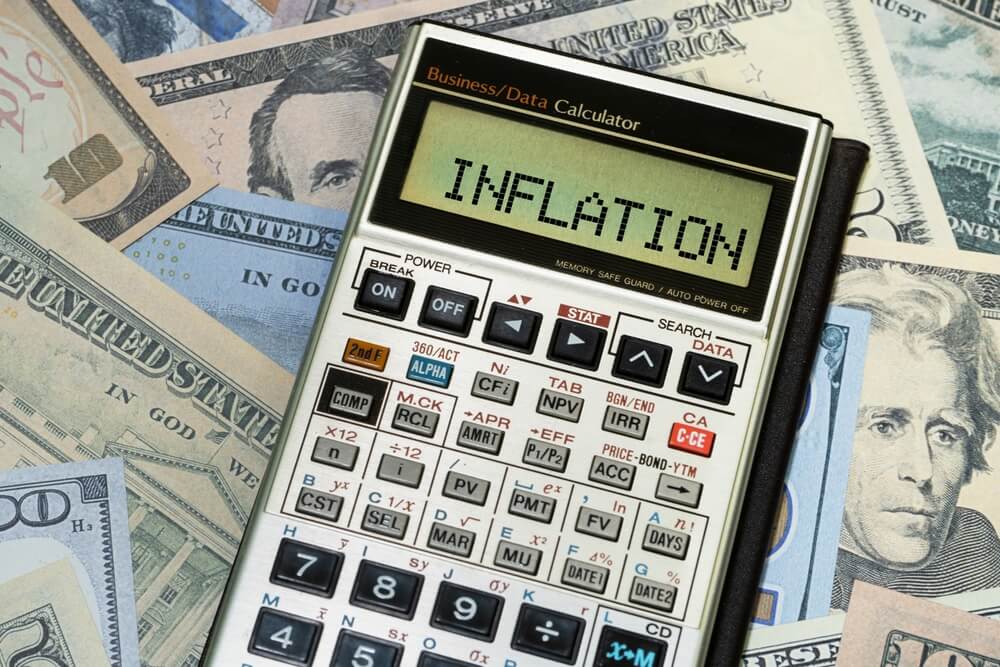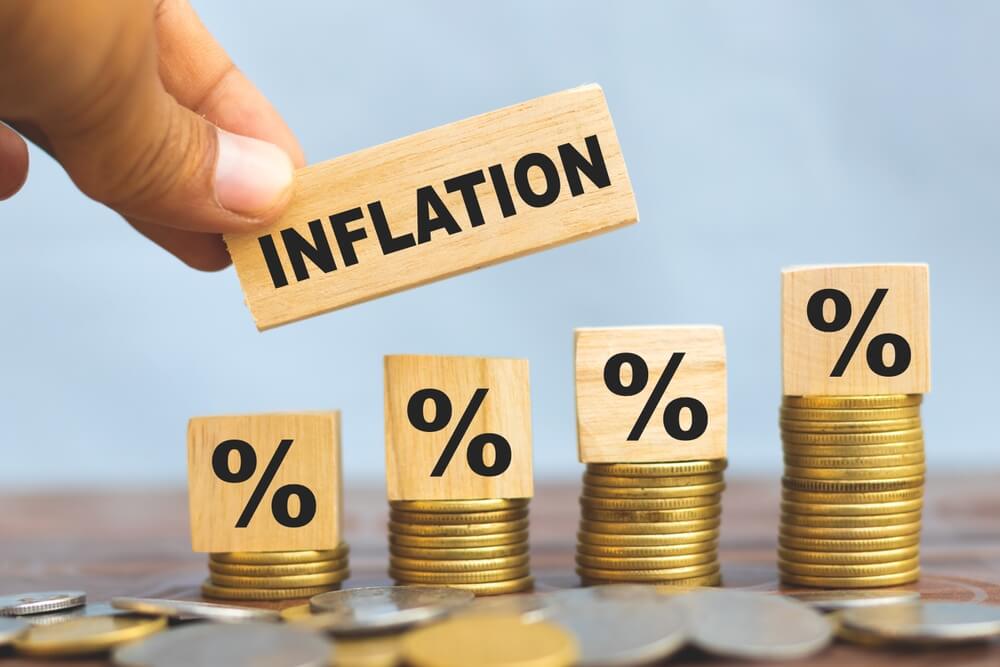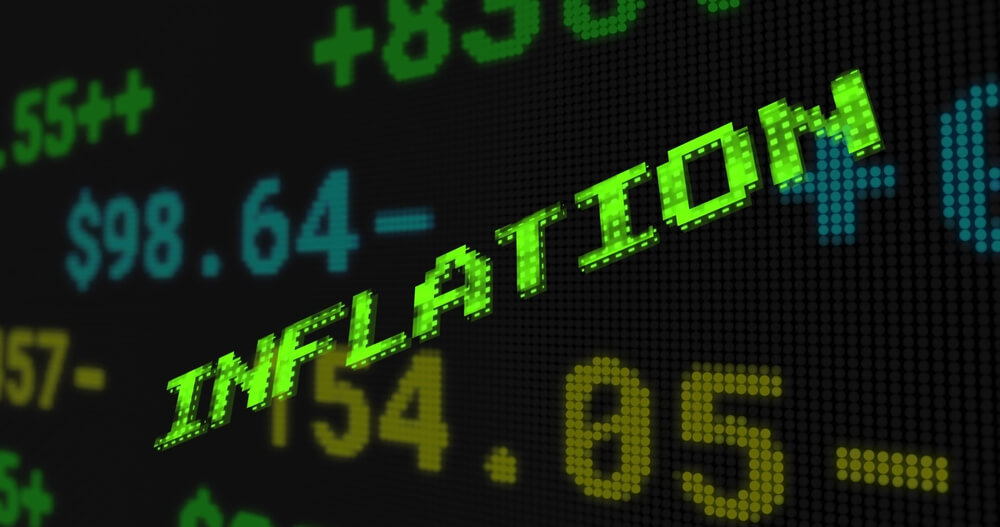Inflation is one of the most significant economic indicators influencing the value of currencies in the foreign exchange (Forex) market. Its impact on currency valuation is complex and multifaceted, reflecting how inflation shapes monetary policy, interest rates, and economic stability. Understanding the relationship between inflation and Forex currencies is crucial for traders, investors, policymakers, and economists alike.
Inflation refers to the rate at which the general price level of goods and services rises over a period, eroding purchasing power. Central banks and governments monitor inflation closely because it affects economic growth, employment, and the standard of living. In the context of Forex, inflation directly influences a currency’s strength or weakness against other currencies. This article explores the mechanisms through which inflation impacts Forex currencies, the role of central bank policies, and how traders interpret inflation data to make trading decisions.
Inflation and Currency Value: The Basic Relationship
At its core, inflation affects a currency’s value through its influence on purchasing power. When inflation is high in a country, the real value of its currency diminishes because each unit of currency buys fewer goods and services than before. This loss of purchasing power tends to reduce demand for the currency on the international market, causing depreciation relative to other currencies with lower inflation rates.
Conversely, low and stable inflation supports a currency’s strength because it preserves purchasing power, fostering investor confidence. For example, countries with consistently low inflation, like Switzerland or Japan, tend to have stronger, more stable currencies.

Interest Rates and Inflation Expectations
Central banks use interest rates as a primary tool to control inflation. When inflation rises above target levels, central banks typically increase interest rates to cool down the economy. Higher interest rates attract foreign capital seeking better returns, increasing demand for the domestic currency and potentially causing it to appreciate.
Conversely, when inflation is low or falling, central banks may lower interest rates to stimulate economic activity. Lower interest rates tend to reduce foreign investment inflows, decreasing demand for the currency and causing depreciation.
Inflation expectations are equally important. If investors believe inflation will rise, they anticipate central banks will hike interest rates, which can lead to currency appreciation even before actual policy changes occur. Conversely, expectations of falling inflation can lead to currency depreciation.
Inflation Differentials Between Countries
Forex trading is fundamentally about comparing currencies relative to one another. Inflation differentials, differences in inflation rates between two countries, play a key role in currency movements. If country A experiences higher inflation than country B, its currency is expected to depreciate relative to country B’s currency.
For instance, if the US inflation rate rises significantly above that of the Eurozone, the US dollar may weaken against the euro as investors seek to preserve purchasing power by holding euros instead of dollars. This concept is central to the theory of Purchasing Power Parity (PPP), which suggests that exchange rates adjust to equalize the price levels of two countries over time.

The Role of Inflation in Forex Market Sentiment
Inflation data releases often cause volatility in Forex markets. Traders closely watch inflation indicators such as the Consumer Price Index (CPI) or Producer Price Index (PPI) because they provide insights into future central bank actions.
Unexpected spikes in inflation can trigger sharp currency moves. For example, if inflation rises faster than anticipated, traders might rush to buy the currency in anticipation of rate hikes, leading to rapid appreciation. On the other hand, inflation running below expectations may cause the currency to weaken due to fears of monetary easing.
The interpretation of inflation data can vary depending on the broader economic context. In some cases, rising inflation might be seen as a sign of a growing economy, supporting currency strength. In others, it could signal overheating and risk of instability, prompting sell-offs.
Inflation and Real Interest Rates
Real interest rates, defined as nominal interest rates minus inflation, are a crucial metric for currency valuation. High real interest rates provide investors with attractive returns after adjusting for inflation, encouraging capital inflows and currency appreciation.
If inflation rises but nominal interest rates do not keep pace, real interest rates fall, making the currency less appealing to investors. This dynamic can lead to currency depreciation even if nominal rates remain unchanged.

Hyperinflation and Currency Collapse
Extreme cases of inflation, such as hyperinflation, cause catastrophic impacts on currency value. Hyperinflation erodes confidence in the currency’s ability to function as a store of value and medium of exchange. This can lead to a complete collapse of the currency, forcing the government to adopt measures such as currency redenomination, dollarization, or pegging the currency to a stable foreign currency.
Historical examples include Zimbabwe in the late 2000s and Venezuela in recent years, where hyperinflation led to dramatic currency depreciation and a shift to foreign currencies for daily transactions.
Inflation’s Impact on Trade Balances and Currency Values
Inflation also affects a country’s trade balance, which influences currency demand. Higher inflation tends to make a country’s exports more expensive and imports cheaper. As export competitiveness diminishes, the trade deficit may widen, leading to increased supply of the domestic currency on foreign exchange markets and depreciation. Conversely, lower inflation helps maintain export competitiveness, supporting currency strength.

Inflation Targeting and Currency Stability
Many central banks adopt inflation targeting regimes to provide transparency and predictability. Clear inflation targets, usually around 2%, help anchor inflation expectations and reduce currency volatility.
When inflation remains close to the target, it builds confidence among investors that the central bank will act appropriately, stabilizing the currency. Deviations from the target, particularly persistent inflation above target, may lead to uncertainty and currency fluctuations.
Inflation is a powerful force shaping Forex currency values through its effects on purchasing power, interest rates, investor expectations, and trade competitiveness. Understanding the interplay between inflation and currency valuation requires analyzing inflation differentials, central bank policies, real interest rates, and market sentiment.
For Forex traders and investors, closely monitoring inflation data and its implications is essential for making informed decisions in the dynamic currency markets. As inflation trends evolve, their influence on Forex currencies will remain a cornerstone of global economic and financial analysis.





